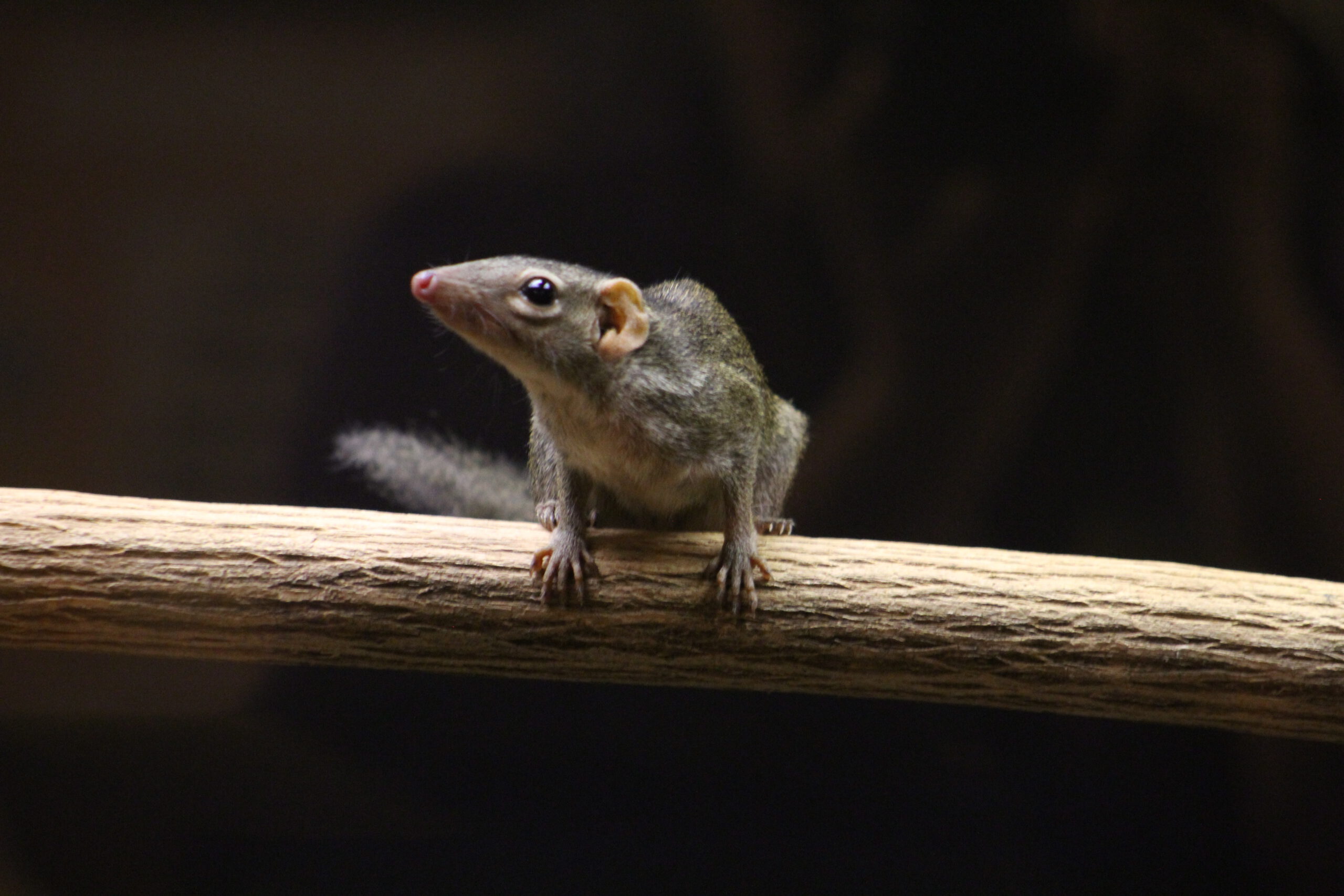I LIVE IN ASIA
Northern tree shrews are native to rainforests all across southeast Asia. They spend most of their time on the rainforest floor, but do venture into the trees during the dry season.
I AM AN INSECTIVORE
A northern tree shrew’s diet consists mostly of beetles and fruit.
NORTHERN TREE SHREWS ARE SOLITARY
This species is very solitary. Male and female shrews may share burrows at times, but do not interact for the most part. Northern tree shrews will often live in family groups until the young reach maturity. However, father shrews do not live near the young once they are born, and mother shrews will only visit their young every 48 hours to feed them.
THE POWER OF PLANTS
Northern tree shrews have a unique, symbiotic relationship with a family of pitcher plants called Nepenthes. Shrews will often eat nectar from pitcher plants and then use the pitcher plant as their own personal restroom. The shrew gets a tasty treat from the plants, and the plant uses the shrew’s excrements for nutrients.
HELPING THE NORTHERN TREE SHREW IN THE WILD
The northern tree shrew at the Fort Wayne Children’s Zoo is enrolled in the Species Survival Plan (SSP). SSP is a program implemented by the Association of Zoos and Aquariums (AZA) to help ensure a genetically viable population exists.
I AM IMPORTANT TO MY ECOSYSTEM
Northern tree shrews play an important role of seed dispersal in their ecosystem, as well as keeping the beetle populations under control. Additionally, predator species may rely on the presence of northern tree shrews for food.

